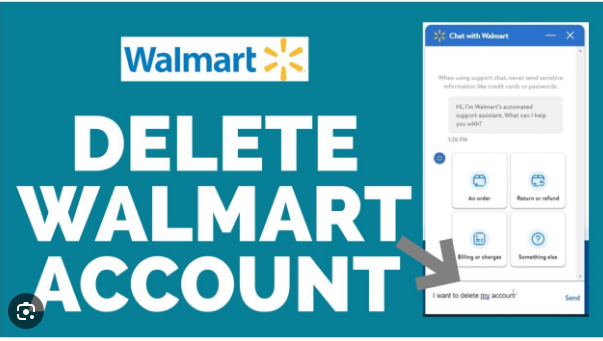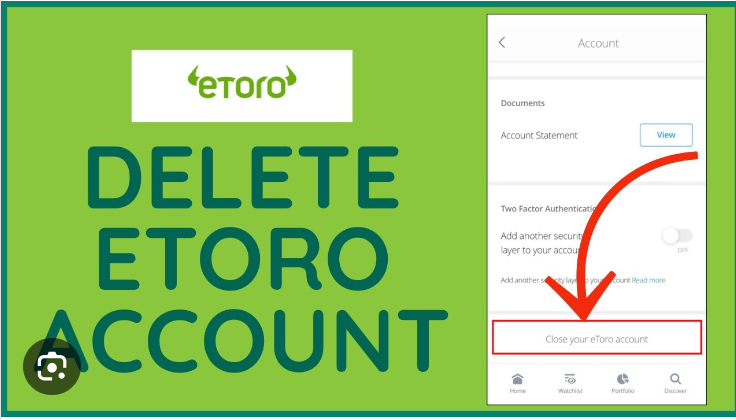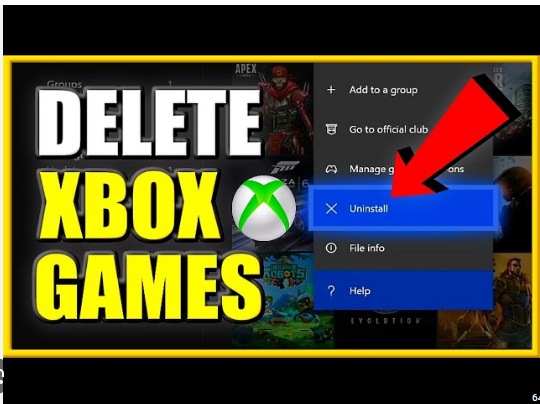How To Delete Erroneous Encounter In Epic
In the realm of electronic health records (EHR), Epic stands as a stalwart, streamlining healthcare processes for countless providers and improving patient care. However, as robust as it is, users may encounter occasional discrepancies or inaccuracies in the system. If you’ve found yourself facing an erroneous encounter in Epic, fear not. This guide will walk you through the steps to rectify discrepancies, ensuring that your patient records are accurate and reliable.
Understanding the Impact
Before delving into the corrective steps, it’s essential to comprehend the potential consequences of erroneous encounters in Epic. Inaccurate health records can jeopardize patient safety, compromise treatment plans, and lead to billing discrepancies. Addressing such issues promptly is crucial to maintaining the integrity of patient data and providing high-quality healthcare.
1. Identify the Error
Start by identifying the specific details of the erroneous encounter. Whether it’s a mistake in patient demographics, an incorrect diagnosis, or a billing error, pinpointing the issue will guide your corrective actions. Epic provides a user-friendly interface that allows users to navigate through patient records efficiently.
2. Access the Encounter
Log in to the Epic system using your credentials. Navigate to the patient’s chart and locate the encounter with the error. Epic’s comprehensive design makes it relatively straightforward to find and access patient encounters. Once you’ve identified the problematic encounter, proceed to the next steps.
3. Document the Correction
Epic employs a robust documentation system that enables users to track changes and corrections made to patient records. Within the encounter, find the appropriate documentation section to record the correction. Clearly state the nature of the error, the correct information, and the reason for the correction. This ensures transparency and accountability in the event of audits or reviews.
4. Seek Authorization
Depending on your organization’s policies, certain corrections in Epic may require authorization. If the error involves critical information, such as diagnoses or treatment plans, seek approval from the designated authority within your healthcare institution before making changes. Authorization processes are in place to maintain the accuracy and reliability of patient records.
5. Use Corrective Workflows
Epic offers corrective workflows designed explicitly for addressing errors in patient encounters. These workflows guide users through the necessary steps to correct discrepancies seamlessly. Follow the prompts provided within the system to ensure that corrections are made in a standardized and auditable manner.
6. Collaborate with Colleagues
In a collaborative healthcare environment, communication is key. If the error extends beyond your realm of expertise or involves input from other healthcare professionals, collaborate with relevant colleagues. Epic facilitates communication and collaboration features, such as In-Basket messages, enabling healthcare teams to work together to rectify discrepancies.
7. Monitor for Updates
After making corrections, monitor the patient’s record for any updates or changes. Epic’s system typically allows users to track modifications made to patient encounters, providing a transparent history of alterations. Regularly review the patient’s chart to ensure that the corrections are accurately reflected.
8. Educate and Prevent
Prevention is the best cure. Use the experience of rectifying erroneous encounters as an opportunity for education. Train staff on proper documentation procedures, the use of Epic’s features, and the importance of accuracy in patient records. Proactive education can significantly reduce the likelihood of future errors.
9. Report System Issues
If you suspect that the error in the encounter is due to a system issue or bug, report it to your organization’s IT support or Epic’s support team. Reporting system issues helps improve the overall functionality of the EHR system, benefiting users across the healthcare spectrum.
Conclusion
Delete erroneous encounters in Epic is a crucial aspect of maintaining the integrity of electronic health records. By identifying errors, documenting corrections, seeking authorization when necessary, and leveraging Epic’s corrective workflows, healthcare professionals can ensure that patient records remain accurate and reliable. Collaboration with colleagues, proactive education, and reporting system issues contribute to an ecosystem where electronic health records serve their purpose effectively—facilitating high-quality patient care.






